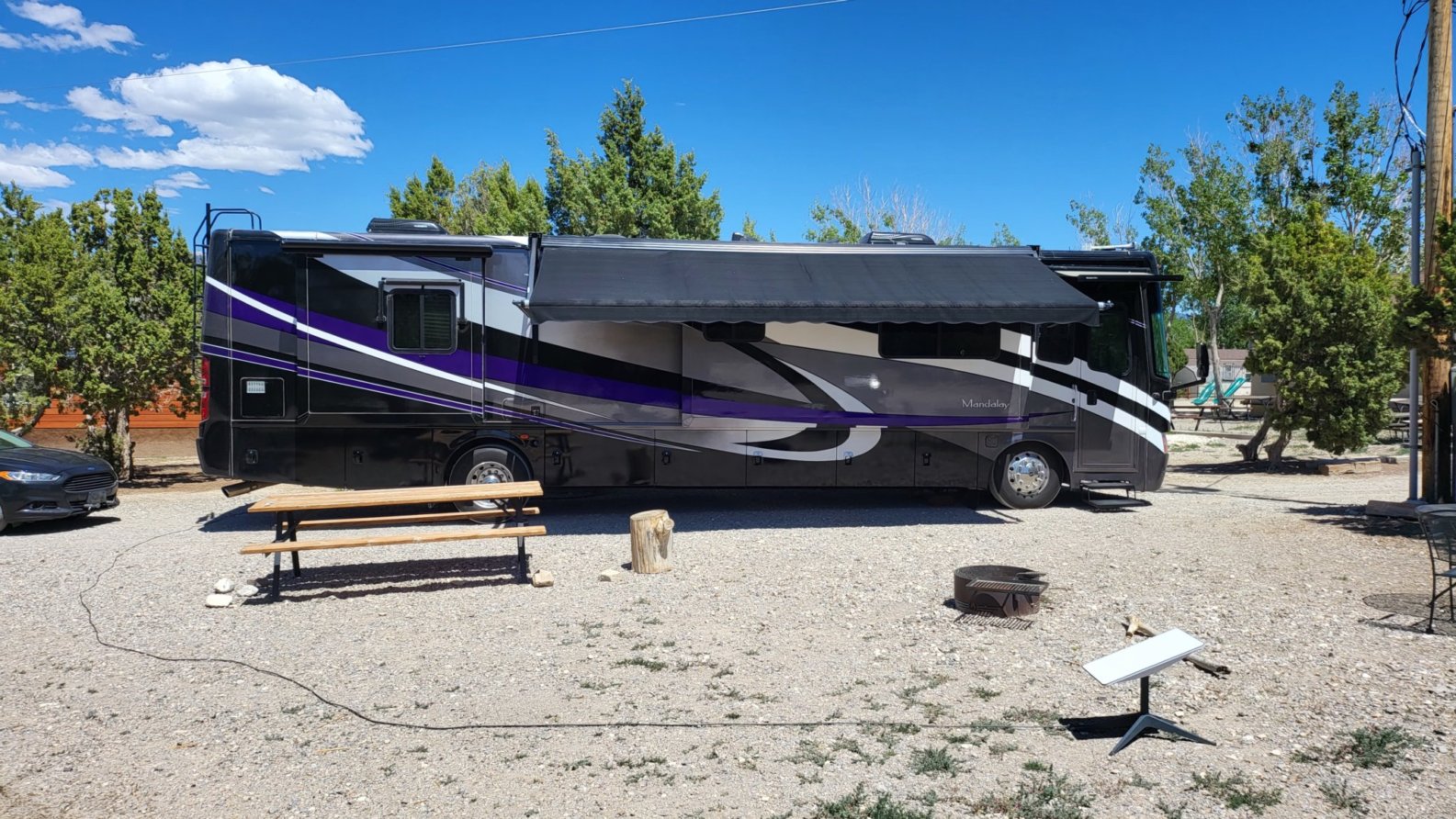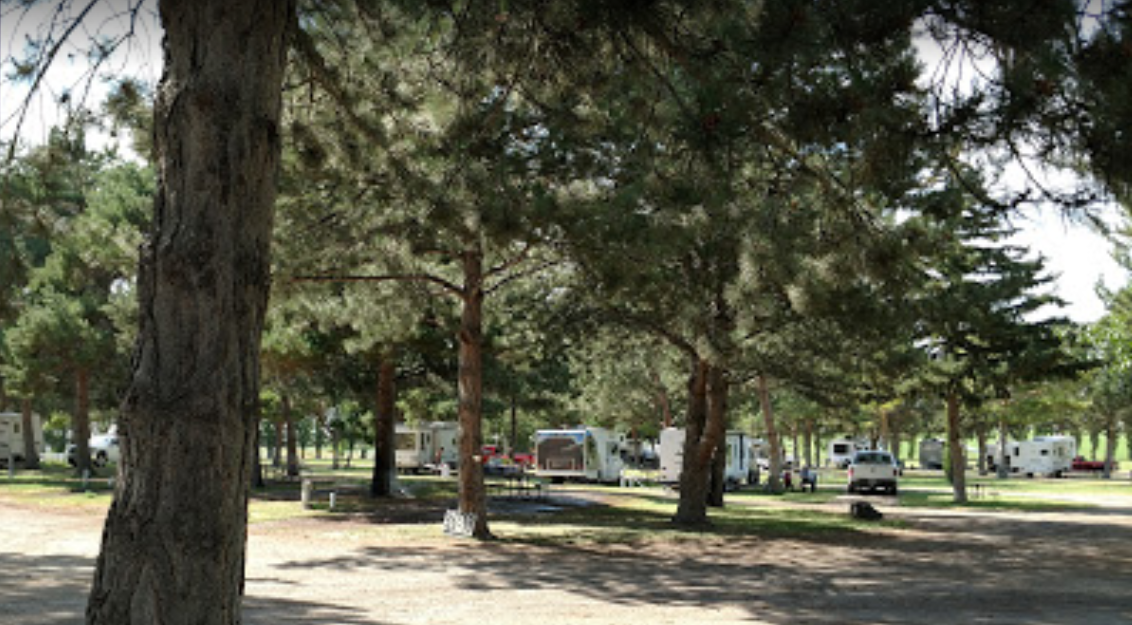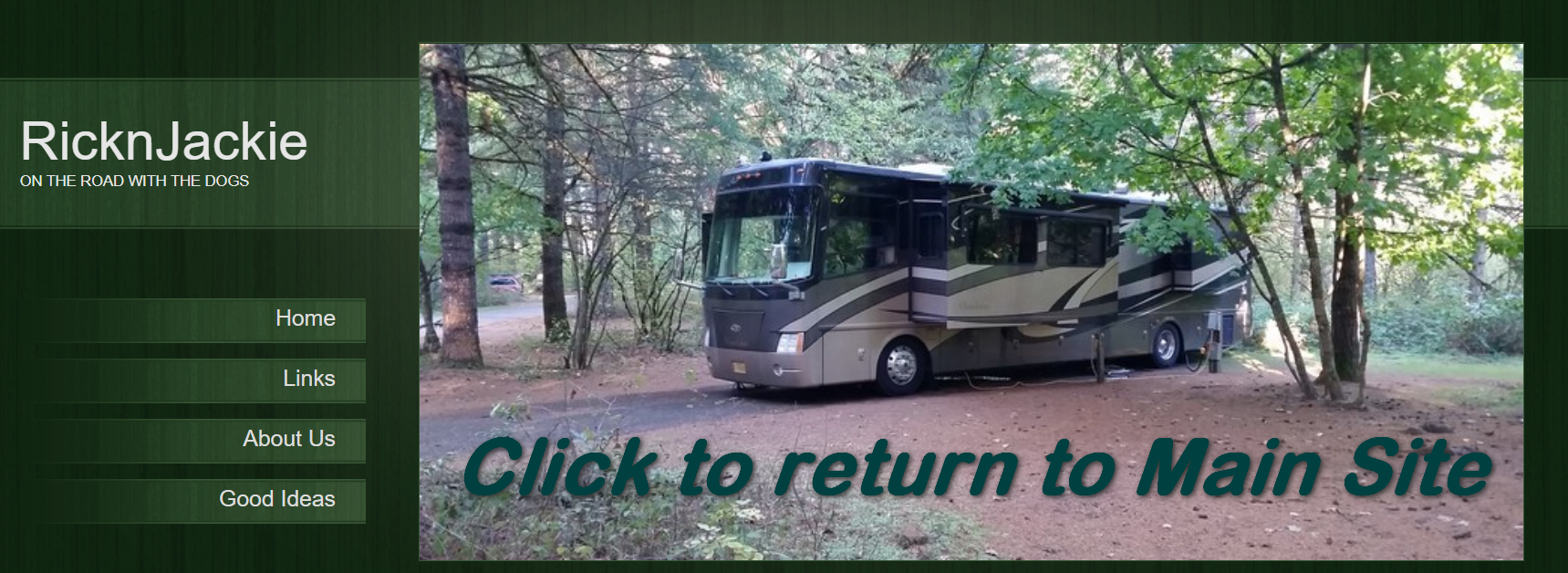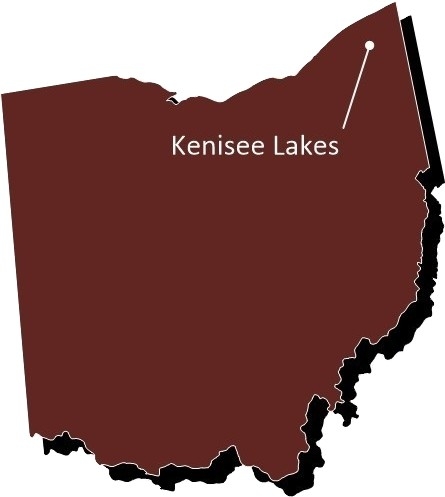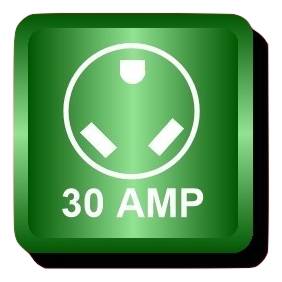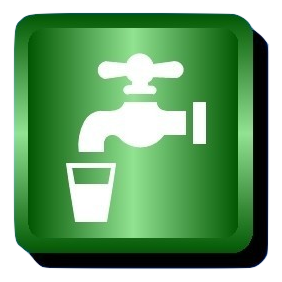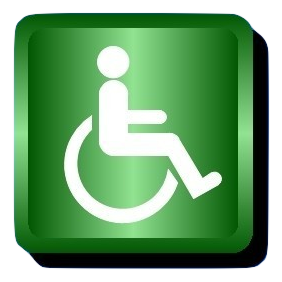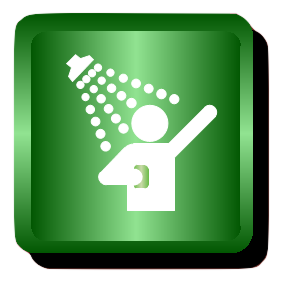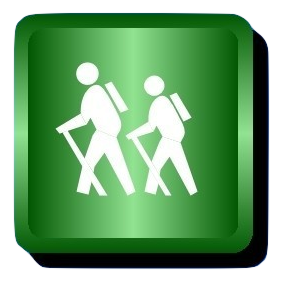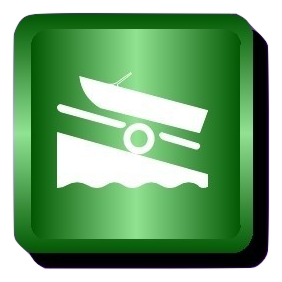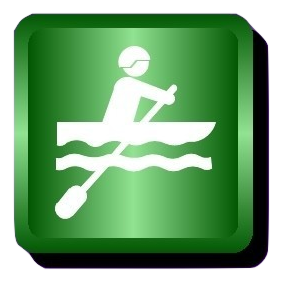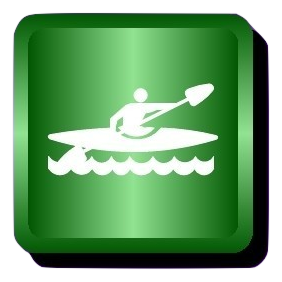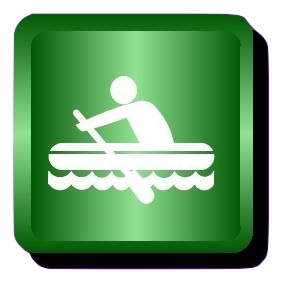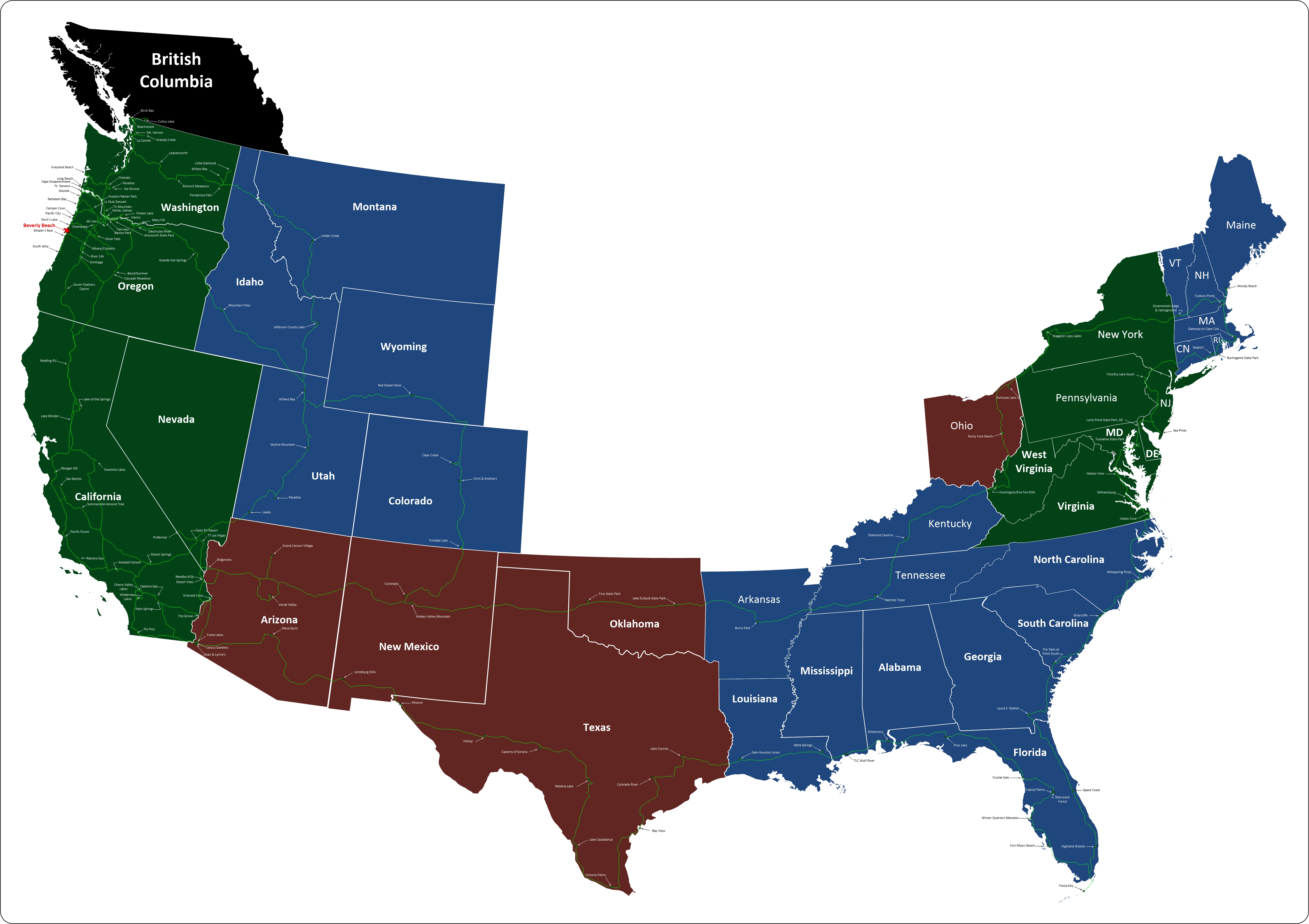Maryland
From Wikipedia
Maryland is a state in the Mid-Atlantic region of the United States, bordering Virginia, West Virginia, and the District of Columbia to its south and west; Pennsylvania to its north; and Delaware to its east. The state's largest city is Baltimore, and its capital is Annapolis. Among its occasional nicknames are Old Line State, the Free State, and the Chesapeake Bay State. It is named after the English queen Henrietta Maria, known in England as Queen Mary.
Sixteen of Maryland's twenty-three counties, as well as the city of Baltimore, border the tidal waters of the Chesapeake Bay estuary and its many tributaries, which combined total more than 4,000 miles of shoreline. Although one of the smallest states in the U.S., it features a variety of climates and topographical features that have earned it the moniker of America in Miniature. In a similar vein, Maryland's geography, culture, and history combines elements of the Mid-Atlantic, Northeastern, and South Atlantic regions of the country.
One of the original Thirteen Colonies of Great Britain, Maryland was founded by George Calvert, a Catholic convert who sought to provide a religious haven for Catholics persecuted in England. In 1632, Charles I of England granted Calvert a colonial charter, naming the colony after his wife, Queen Mary. Unlike the Pilgrims and Puritans, who enforced religious conformity in their settlements, Calvert envisioned a colony where people of different religious sects would coexist under the principle of toleration. Accordingly, in 1649 the Maryland General Assembly passed an Act Concerning Religion, which enshrined this principle by penalizing anyone who "reproached" a fellow Marylander based on religious affiliation. Nevertheless, religious strife was common in the early years, and Catholics remained a minority, albeit in greater numbers than in any other English colony.
Maryland's early settlements and population centers clustered around rivers and other waterways that empty into the Chesapeake Bay. Its economy was heavily plantation-based, centered mostly on the cultivation of tobacco. The need for cheap labor led to a rapid expansion of indentured servants, penal labor, and African slaves. In 1760, Maryland's current boundaries took form following the settlement of a long-running border dispute with Pennsylvania. Maryland was an active participant in the events leading up to the American Revolution, and by 1776 its delegates signed the Declaration of Independence. Many of its citizens subsequently played key political and military roles in the war. In 1790, the state ceded land for the establishment of the U.S. capital of Washington, D.C.
Although a slave state, Maryland remained in the Union during the U.S. Civil War, its strategic location giving it a significant role in the conflict. After the war, Maryland took part in the Industrial Revolution, driven by its seaports, railroad networks, and mass immigration from Europe. Since the Second World War, the state's population has grown rapidly, to approximately six million residents, and it is among the most densely populated states in the nation. As of 2015, Maryland had the highest median household income of any state, owing in large part to its close proximity to Washington, D.C. and a highly diversified economy spanning manufacturing, services, higher education, and biotechnology. Maryland has been ranked as one of the best governed states in the country. The state's central role in American history is reflected by its hosting of some of the highest numbers of historic landmarks per capita.
